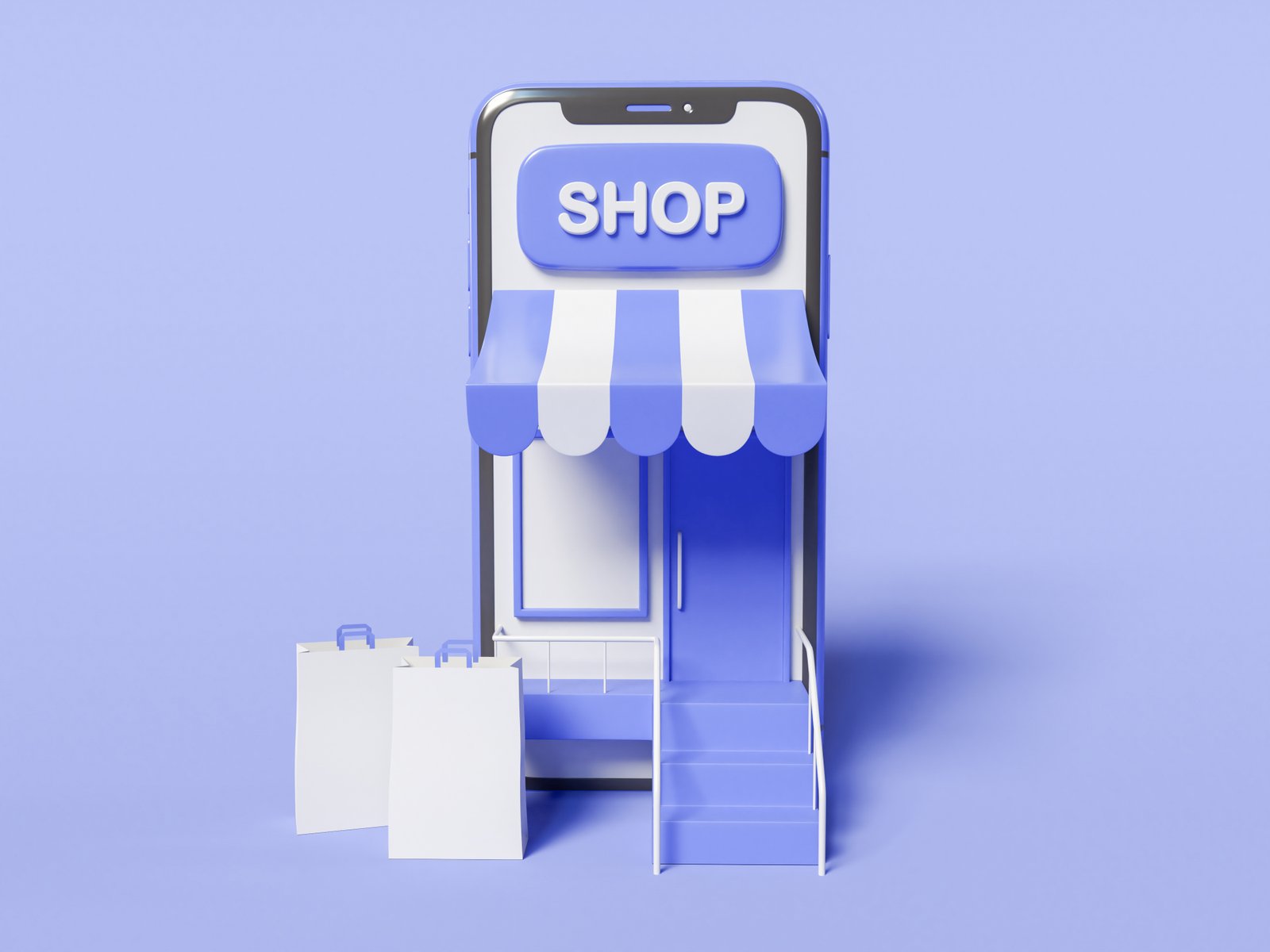- North Star Consulting Group
- 29 Sep 2025
HEADLESS COMMERCE EXPLAINED: IS IT RIGHT FOR YOUR ONLINE STORE?
Imagine a shopping experience tailored to your everyday needs, with seamless transitions between online and offline channels. Headless commerce makes this possible by providing businesses with the flexibility to create customized, omnichannel experiences that drive engagement and conversion. But, what exactly is headless commerce? How does it differ from traditional e-commerce, and is it the right choice for your online store? In this blog, we’ll dive into the core concepts of headless commerce, comparing it with traditional e-commerce models, and explore the benefits it brings, especially in terms of e-commerce flexibility and scalability.
WHAT IS HEADLESS COMMERCE?
Headless commerce is a modern technology used in the e-commerce sector. Typically, in online stores, the frontend (the part customers see) and the backend (the system that runs behind the scenes) are tightly coupled. However, in Headless Commerce, these two parts are decoupled, allowing them to work separately. This means the customer experience can be designed independently for websites, mobile apps, and social media platforms, while operations like inventory management, ordering, payment, and security are handled consistently on the backend.
In this decoupled system, the frontend and backend communicate through APIs. A significant advantage of this approach is that changes can be made to one part without affecting the other, enabling innovation and flexibility. As a result, headless commerce has become a modern digital commerce model that enables brands to provide seamless shopping experiences across multiple channels, respond quickly to market changes, and gain a competitive edge in both B2B and B2C. With headless commerce, businesses have more freedom to present their products across various channels, including websites, mobile apps, and social media platforms.
HEADLESS VS TRADITIONAL E-COMMERCE: WHAT'S THE DIFFERENCE?
In traditional e-commerce systems, the front-end and back-end are integrated into one platform. This means that any change in the back-end (e.g., adding a new product or adjusting inventory) directly affects how the front-end displays those changes to customers.
On the other hand, headless commerce works through an API-driven e-commerce system, where the back-end is separated from the front-end. The back-end can manage all the product data, pricing, inventory, and more, while the front-end can be customized and adapted to different devices and touchpoints without affecting the back-end operations.
Key Differences:
Traditional E-commerce
- Front-end and back-end are tightly coupled
- Limited flexibility for custom designs
- Changes in one side impact the other directly
- Less agility when responding to changes in the market
Headless Commerce
- Decoupled front-end and back-end
- Greater flexibility for custom designs and experiences
- Changes in one side don’t affect the other
- Easier integration with third-party systems like CRMs, ERPs.
Benefits of Headless Commerce
1.Enhanced E-Commerce Flexibility
With headless commerce, businesses can freely design the user experience without worrying about backend restrictions. You can tweak the front-end design as much as you want, while the back-end keeps functioning smoothly.
2. Faster Time to Market
Since the back-end and front-end are separate, developers can work on both simultaneously. This enables faster updates and changes, improving time-to-market for new features or products.
3. API-Driven E-Commerce
The power of API-driven e-commerce lies in its ability to connect your online store with a wide range of applications and services, such as payment gateways, customer support systems, or marketing tools. This integration enables a personalized experiences for customers.
4. Scalability and Future-Proofing
With the ability to adapt to various touchpoints, headless commerce is more scalable. Businesses can easily expand their reach to new platforms or channels, ensuring they remain competitive in a rapidly evolving market.
Is Headless Commerce Right for Your Online Store?
While headless commerce is not suitable for all types of businesses, it is a great choice for online stores that are looking for multi-channel sales, a customized user experience, and fast scalability. Headless commerce is a future-proof, API-driven e-commerce model that overcomes the limitations of traditional e-commerce platforms. If your online store requires high customization, faster time-to-market, and a seamless omnichannel experience, choosing headless commerce is the right decision.
Top reasons to adopt Headless Commerce
- Omnichannel Support—Seamless integration across multiple platforms including websites, mobile apps, social media, etc.
- High Customization – Ability to provide a unique shopping experience for customers.
- API-Driven Flexibility – Easily connect to third-party applications, payment gateways, and marketing tools.
- Fast Scalability – Speed to enter and expand the market.
- Future-Proof Technology – A great way to stay competitive in the ever-changing digital marketplace.
CONCLUSION
If you’re looking to stay ahead of the competition, embracing headless commerce could be your ticket to success. The flexibility, scalability, and powerful integrations it offers are indispensable for modern businesses in the digital age. Whether you're enhancing your online store or expanding across multiple channels, headless commerce offers the perfect solution to make your vision a reality.








